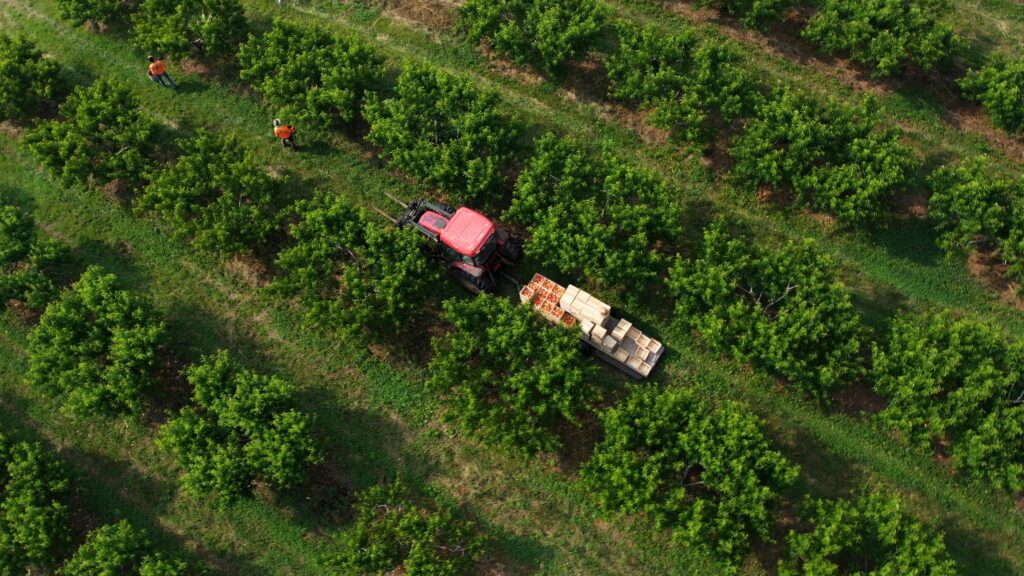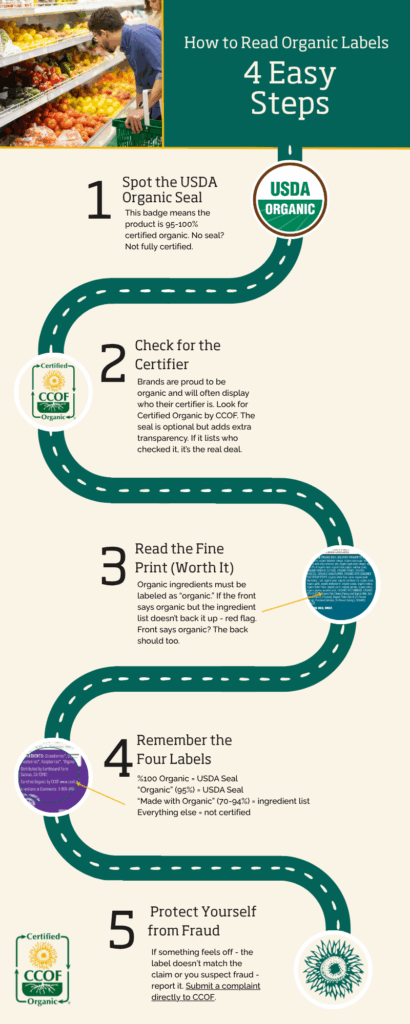This season I missed the timing on weeding one portion of my sungold cherry tomatoes. On about a half-acre, I saw the furrows were filling up with little shoots of amaranth (I like to call it pig weed). I knew I should go drive the tractor over to cut them out with the knives and sweeps. I knew I needed to pay the crew to hula hoe the little plants while it was still easy, but I missed it. I couldn’t pull together the needed effort, and then the time passed. The weeds got bigger and bigger. Now the work of removing the two-foot-high weeds will take considerable effort (and money)—a heavy hoe and much more time than when they were small. To leave them means dealing with hundreds of thousands of new weeds in the future, the added difficulty of getting in there to harvest, and of course the weeds robbing my tomatoes of moisture and fertility. In some cases, if the weeds are too much, you simply disc in the crop and move on.
I learned this year that timelines are important in life, and timing is especially important in farming. You need to know when to till, when to plant, when to water, when to weed, and when to harvest.
As many of you know, the amount of time needed for land to be eligible to be certified organic is three years. That is, any piece of ground must pass three years free of prohibited materials before it is eligible for organic certification. (Land that was fallow for three years with no prohibited material applications, well, that’s eligible today.)
Land that was under conventional management, or has had any prohibited materials applied, will need three years from the date of its last prohibited material application (we call that the DLPM around the office).
But did you know you can plant (but not harvest) before those three years have passed?
Yes, once the date of the last prohibited material has been established, we can establish a date of eligibility. And if you’ve gone through the process of getting certified organic, then on the date that piece of land is eligible, we will issue the certificate. And if you’ve planned ahead, you could have planted a crop on that land that would ripen and be ready for harvest on that date the land is eligible!
So how do we figure out if the land is eligible?
Well, we ask you and anyone else who managed the land in the last three years to sign an attestation. It’s an official affidavit of what has been applied to the land for the last three years. If you managed the land for the last year, then you would complete an affidavit of land history for that year, and then whoever managed it in the previous years would sign an affidavit of land history for that time.
Once we’ve accounted for the full three years, we can establish a date of eligibility. It’s that easy.
Now go out and find that piece of ground and certify it tomorrow (if it was fallow) or whenever it’s eligible (three years since the last prohibited material) before time marches on!




